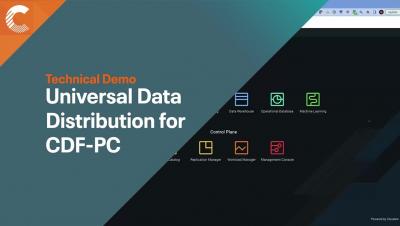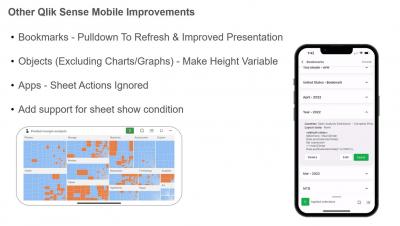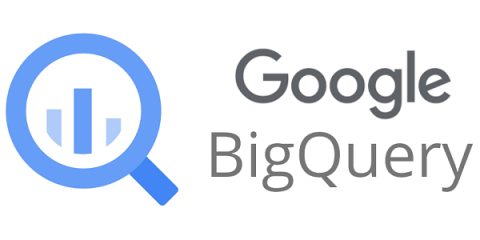Systems | Development | Analytics | API | Testing
BI
Moving Enterprise Data From Anywhere to Any System Made Easy
Since 2015, the Cloudera DataFlow team has been helping the largest enterprise organizations in the world adopt Apache NiFi as their enterprise standard data movement tool. Over the last few years, we have had a front-row seat in our customers’ hybrid cloud journey as they expand their data estate across the edge, on-premise, and multiple cloud providers.
MessageGears Connects Messaging to Live Data with Snowflake
How Snowflake Empowers Healthcare & Life Sciences Organizations to Generate Real-World Evidence for Better Patient Outcomes
How we eat, exercise, work, and rest play an important role in influencing our health outcomes. It’s been established that healthcare and life sciences (HCLS) organizations can improve health outcomes when they have access to this type of data on patients to inform real-world evidence.
SaaS in 60 - Qlik Sense Mobile Improvements (May 2022)
Welcome to Qlik Application Automation
5 Things To Look For In An Embedded Analytics Partner
How to Lead with Data | The Data Cloud Podcast
Why You Need More Than Data Visualization Tools for Business Intelligence
Built with BigQuery: Gain instant access to comprehensive B2B data in BigQuery with ZoomInfo
Editor’s note: The post is part of a series highlighting our partners, and their solutions, that are Built with BigQuery. To fully leverage the data that’s critical for modern businesses, it must be accurate, complete, and up to date. Since 2007, ZoomInfo has provided B2B teams with the accurate firmographic, technographic, contact, and intent data they need to hit their marketing, sales, and revenue targets.











